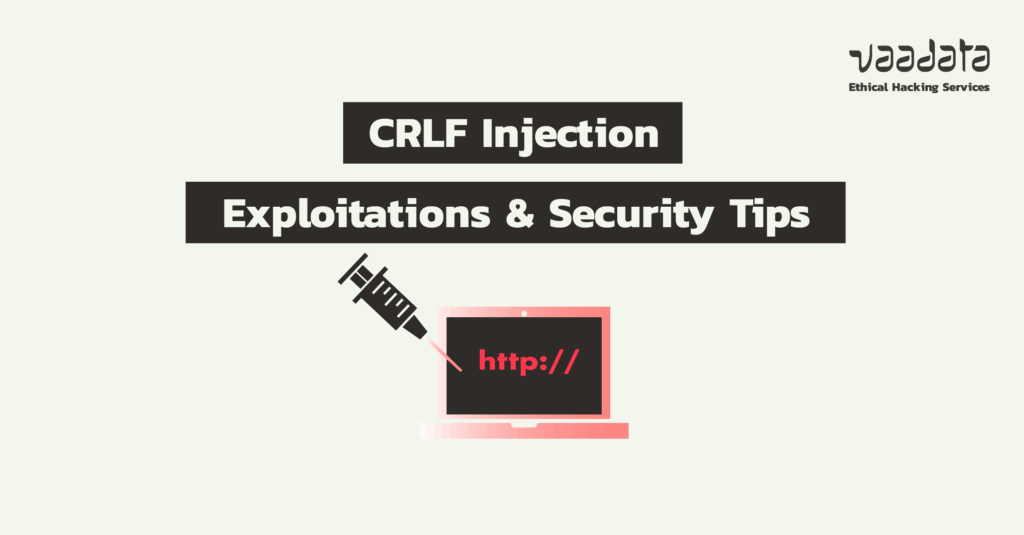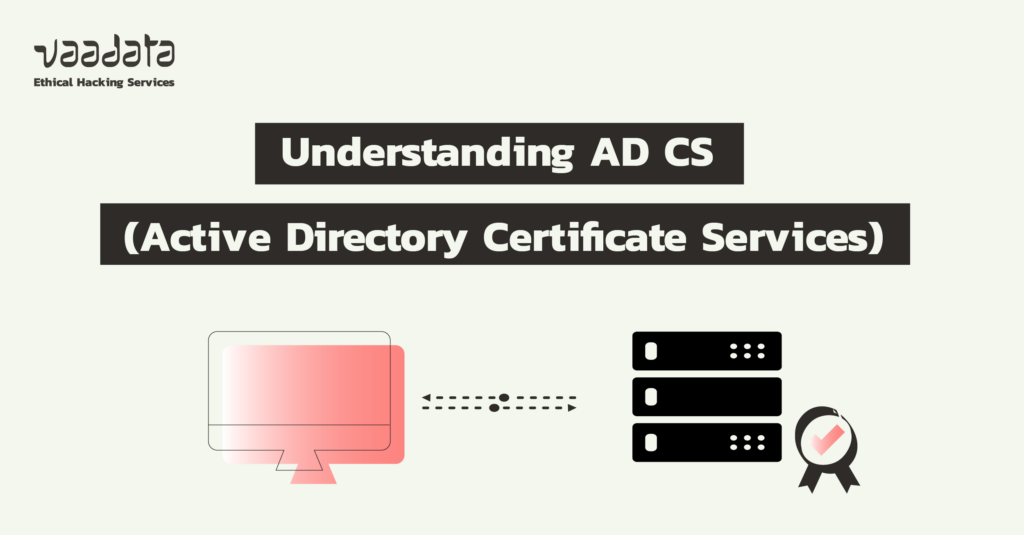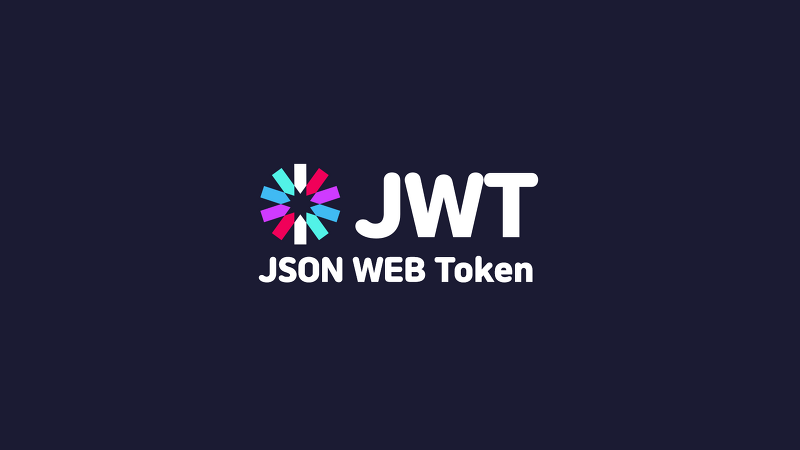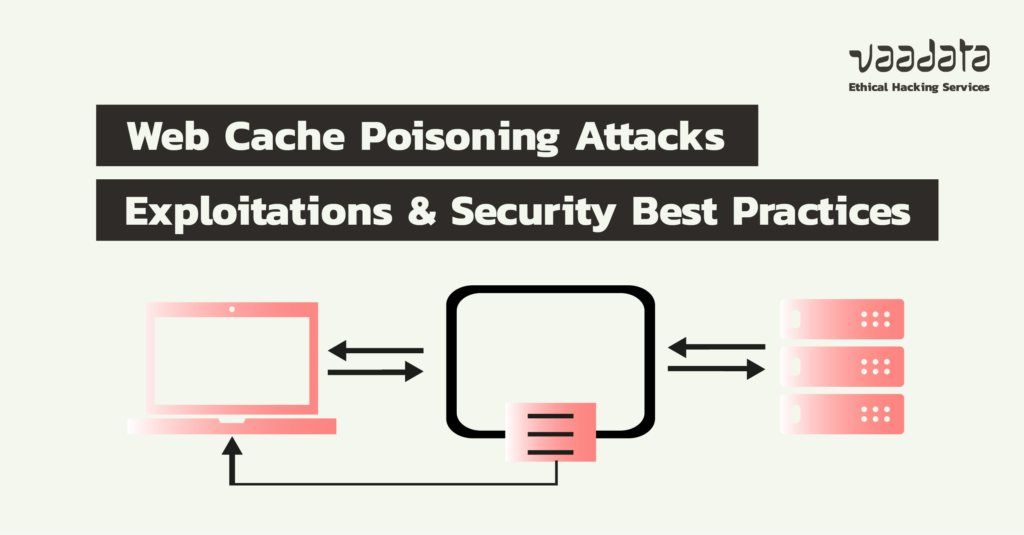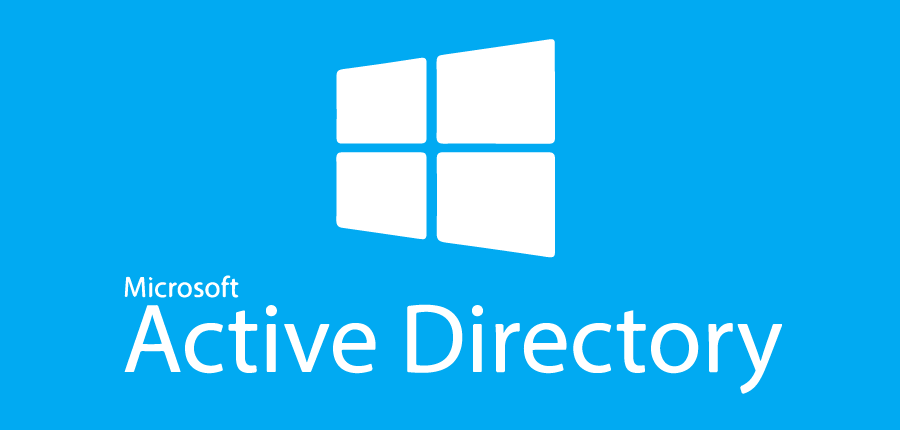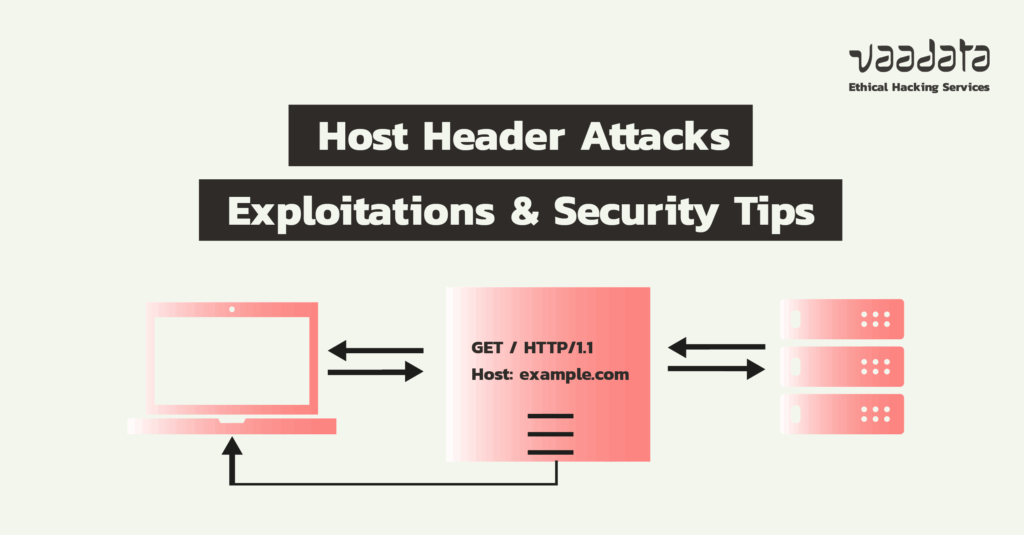
According to the RFC 2616 standard, the ‘Host’ header is mandatory in an HTTP request. It indicates the host and, if applicable, the port of the requested resource, as in a URL.
In practical terms, this header allows the server to correctly redirect the request to the right site, particularly when several domain names share the same IP address. The value of the Host header generally corresponds to the domain name in the URL.

